Medewerkers met het vakgebied Biofysica
Wetenschap ontwikkelt zich waar verschillende vakgebieden samenkomen. Alleen al daarom bestaat er binnen de RUG een grote verscheidenheid aan vakgebieden, met daarbinnen een groot aantal vakspecialisten. Met behulp van onderstaand overzicht, gebaseerd op een vaststaande indeling van wetenschapsgebieden, vindt u op elk vakgebied de juiste deskundige. Komt de deskundige die u zoekt niet voor in deze lijst? Via een vergelijkbaar vakgebied of een gerelateerde faculteit vindt u mogelijk alsnog de juiste persoon.
Overzicht van alle vakgebieden
I use artificial intelligence, machine learning, and molecular modeling to study biological systems. My research focuses on understanding metalloenzymes by analyzing features from machine learning models that reproduce their biochemical properties. In... read more

Contact
Functie
Physicist (PhD), SPLTY: Medical Physics and Biomedical Engineering, Project management
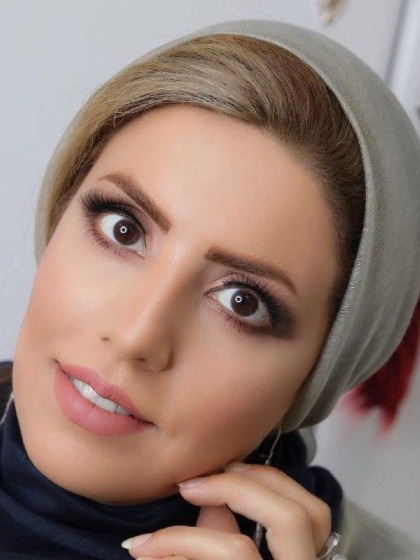
Contact
s.asadi rug.nl
Functie
Course and Lab Coordinator
Structural Biology
cryo Electron Microscopy (cryo-EM)
Membrane Proteins
cryo Electron Microscopy (cryo-EM)
Membrane Proteins
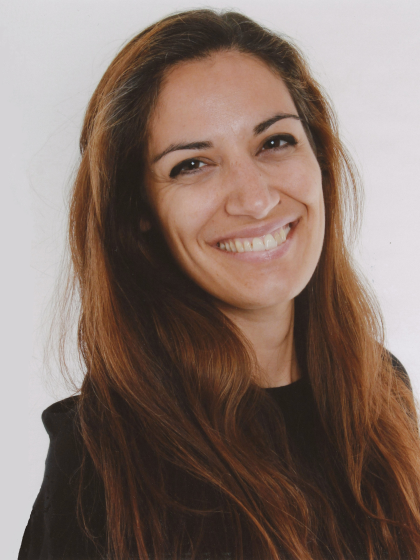
Contact
Functie
Associate Professor, Head of cryo-EM unit
Ik ben een structureel biochemicus die werkt op het gebied van bacteriële eiwittoxinen.

Contact
Functie
Assistant professor
policy/strategy, academic & industrial partnerships, staff development & recruiting, quality management, technology transfer and public relations

Contact
Functie
Wetenschappelijk Coördinator
Fluorescentiemicroscopie, TIRF-M, single-molecule biofysica, Influenzavirus, Chikungunyavirus

Contact
Functie
Docent experimentele natuurkunde
Vakgebied
Molecular Dynamics

Atomic force microscopy, viruses
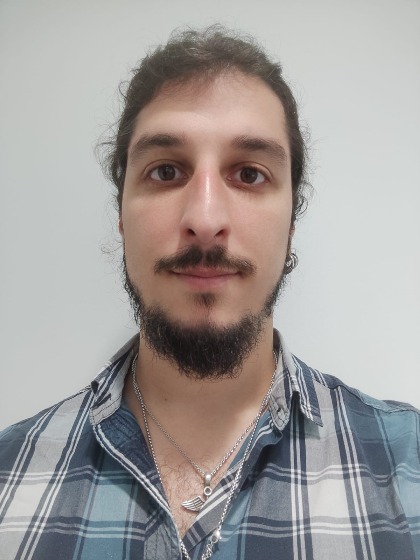
Audiologie, Tinnitus, Biofysica van het oor

Membraan biologie, Eiwittranslocatie en membraaneiwit biogenese, Multidrugresistentie, Biotechnologie van Filamenteuze Schimmels en Gisten, Membraan biologie van hyperthermofiele Archaea, Synthetische cellen
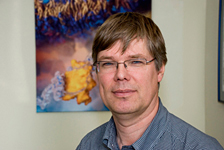
Contact
Functie
Hoogleraar Moleculaire Microbiologie

Contact
m.d.driver rug.nl
Functie
Transport processen in planten, CO2 opname in planten en algen, Stress fysiologie van planten,

Contact
Functie
Hoogleraar Ecofysiologie van Planten
(HS-)AFM, self assembly processes

Biological fluid mechanics and aerodynamic design, i.e., bio-inspired truck streamlined design. Computer fluid dynamics and experimental analysis of hydro- and aerodynamics with 3D designing technology. Biomimetics of marine life including demersal,... read more
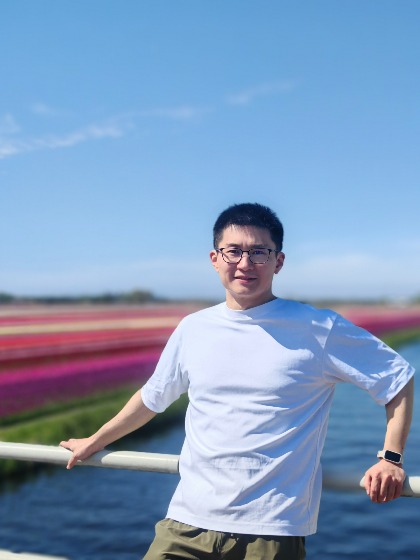
Contact
x.fang rug.nl
Functie
PhD
Theoretical and Computational Chemistry

Contact
Functie

Contact
Functie
Docent experimentele natuurkunde
Protein Crystallography
Biophysics
Structure-based Drug Design
Biophysics
Structure-based Drug Design

Contact
Functie
Associate Professor
Vakgebied
Membrane proteins; Crystallography; Structural Biology; Crystallization, single particle Cryo-EM

Contact
Functie
Universitair Hoofddocent (UHD1)
Vakgebied
Celbeweging
Signaaltransductie
Signaaltransductie

Contact
Functie
Hoogleraar Cel Biochemie

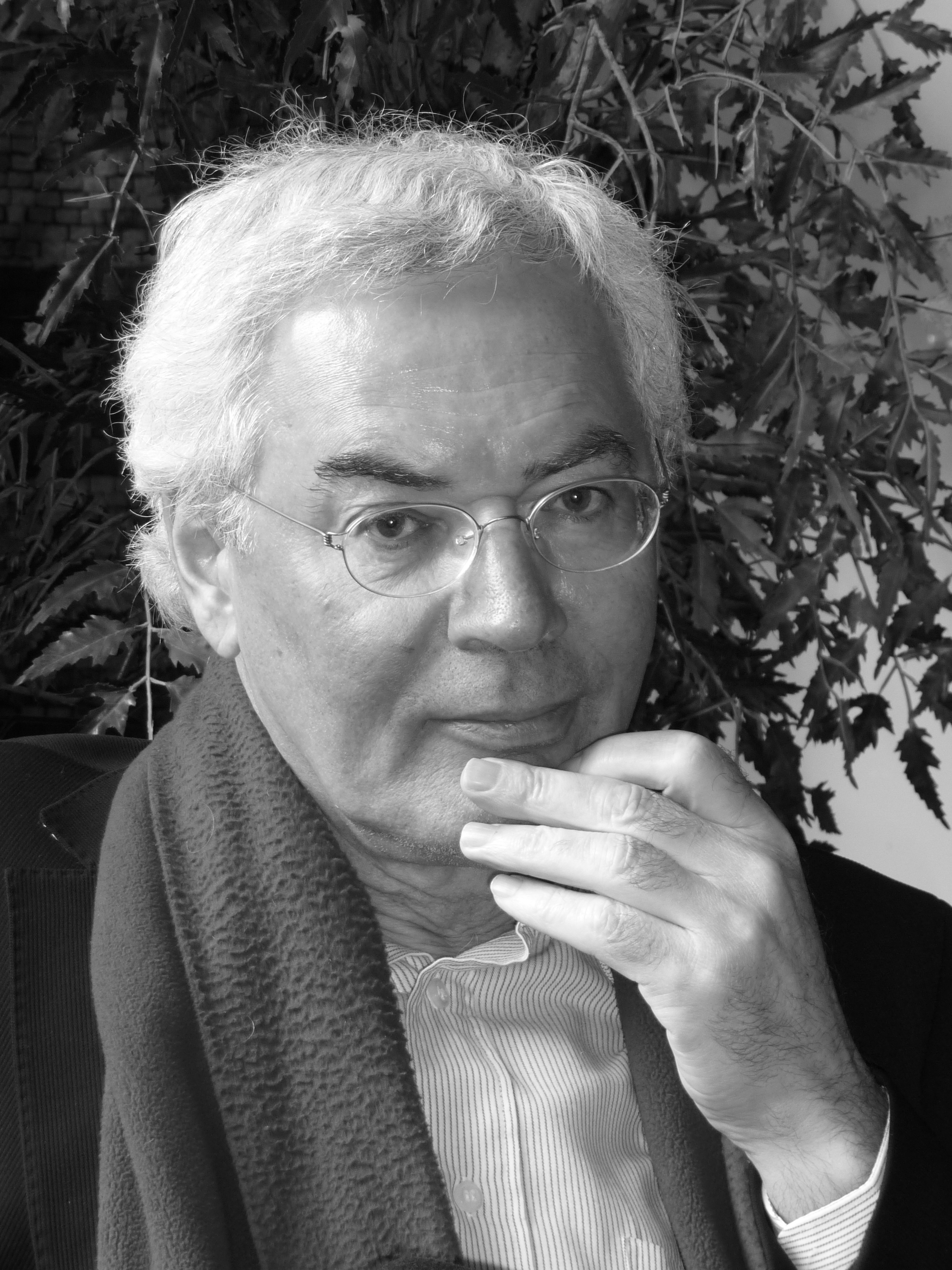
Contact
Functie
Hoogleraar

glaucoma, perimetry, optical coherence tomography, physiological optics, retinal physiology, ophthalmic epidemiology

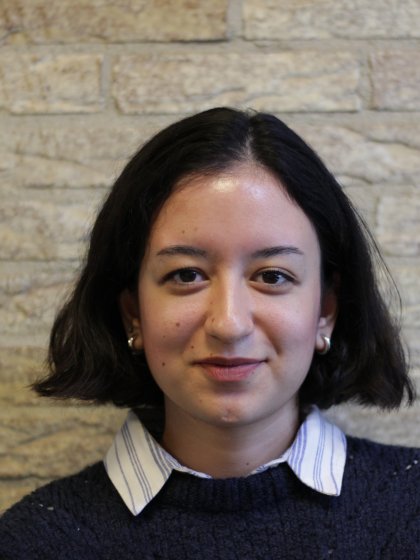
Contact
s.g.kaya rug.nl
Functie
Promovendus
Audiologie, Biofysica van het oor

Contact
e.de.kleine umcg.nl
Functie
Klinisch fysicus

Mechanica van het middenoor en binnenoor
Biofysica van het oor
Cochleair Implantaat
Hersenstam Implantaat
Biofysica van het oor
Cochleair Implantaat
Hersenstam Implantaat
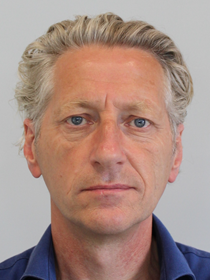
Contact
a.maat umcg.nl
Functie
Klinisch Fysicus Audiologie
Electrophysiology, Single-molecule Nanopore Technology

Contact
Functie
Mijn onderzoek is gericht op het begrijpen van complexe biologische processen die voortkomen uit de wisselwerkingen tussen een grote verscheidenheid aan (bio)molekulen. We gebruiken hiervoor de Moleculaire Dynamica simulatie methode.

Contact
Functie
Hoogleraar Moleculaire Dynamica
Vakgebied
Membrane protein, cryoEM

Contact
l.moissonnier rug.nl
Functie
Postdoc
Field engineer: Process, Electronics, and Electromechanics.
Design of electronic systems: Power electronics and communications systems.
Design and implementation of control strategies for nonlinear systems.
Physics of invertebrate vision and animal... lees meer
Design of electronic systems: Power electronics and communications systems.
Design and implementation of control strategies for nonlinear systems.
Physics of invertebrate vision and animal... lees meer

Contact
Functie
Assistant Professor
Kunstmatige Intelligentie, Biofysica

Contact
Functie
UHD
Research in the Onck group aims at understanding the micromechanical and functional behavior of (biological) materials based on an accurate description of the underlying (bio-) physical mechanisms. Computational techniques (e.g. molecular dynamics, finite... lees meer
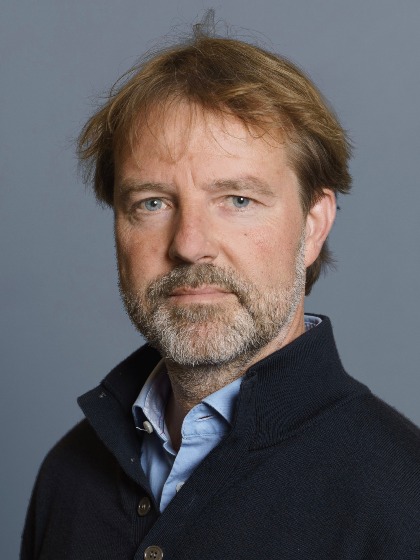
Contact
Functie
Hoogleraar

Membraan Transport, Synthetische Biologie, Enzymologie, Membraan Biologie, Fluorescentie Microscopie, Membraan Reconstitutie, Structuur-Functie van Eiwitten
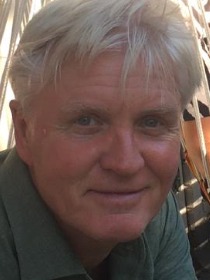
Contact
Functie
Hoogleraar Biochemie
Structural Biology, Virology
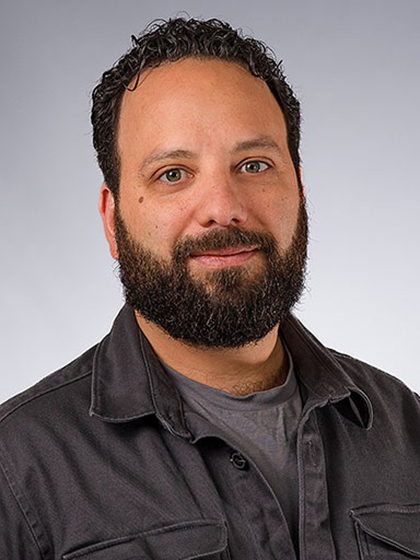
Contact
Functie
Assistant Professor, Pharmacology of host-pathogen interactions

Contact
Functie
Hoogleraar
Biocatalyse
Enzymologie
Enzymevolutie & ASR
Enzymologie
Enzymevolutie & ASR
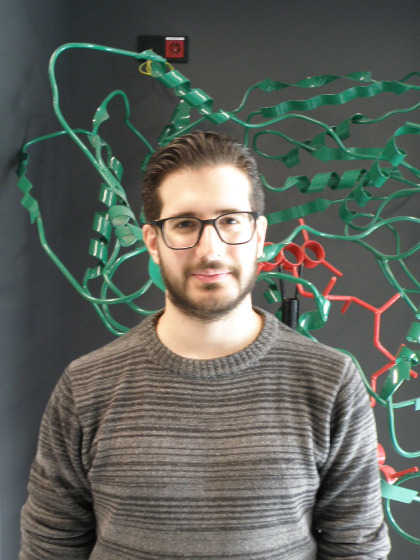
Contact
f.rosciani rug.nl
Functie
Promovendus
Cochleaire implantaten
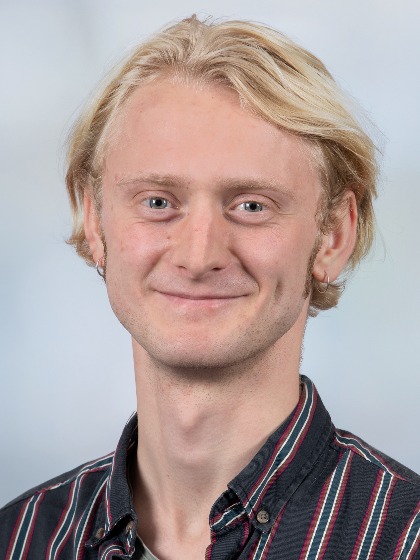
Contact
f.rotteveel umcg.nl
Functie
PhD Student
Biophysics, Physics, Equipment development

Contact
r.schirhagl umcg.nl
Functie
Professor
Vakgebied
Bio-optical imaging, foreign body reaction, bacterial adhesion, biofilms, colloid and interface science

Contact
j.sjollema umcg.nl
Functie
Universitair docent
Biological fluid mechanics and locomotion of marine, aquatic and aerial organisms, i.e. swimming and flying in all its forms. Steady and unsteady hydro- and aerodynamics of swimming and flying in nature and technology. Filtration systems in nature and... lees meer
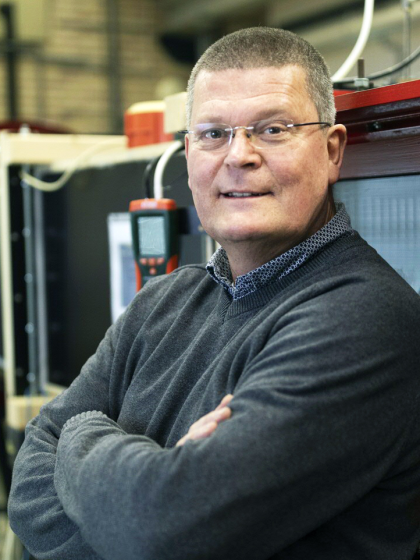
Contact
Functie
UHD/Assoc. Prof. Exp. Mariene Zoologie & Biomimetica
Vakgebied
Physics of invertebrate vision and animal coloration.

Contact
Functie
Hoogleraar
Vakgebied

Contact
a.a.steinhauser rug.nl
Functie
PhD student
Vakgebied
Single-molecule biophysics

Contact
Functie
Associate Professor of Single-Molecule Biophysics and Biochemistry
Vakgebied
STED super-resolutie microscopie, image-analysis, single-molecule biofysica, celbiologie

Contact
Functie
Assistant Professor Molecular Biophysics
enzymes, protein engineering, computational protein design, in silico screening

Contact
Functie
onderzoeker

Contact
h.p.wit umcg.nl
Functie
Emeritus hoogleraar audiologie

View this page in: English
